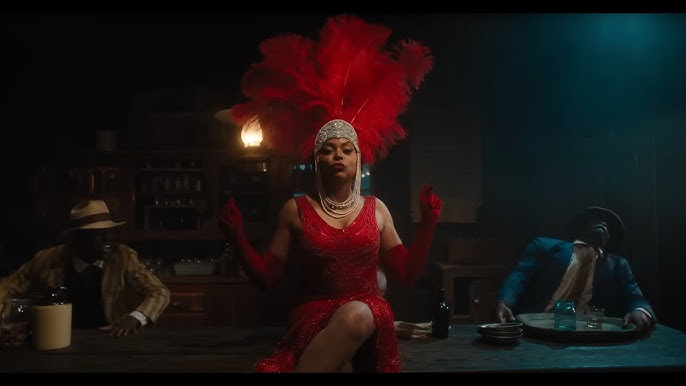
Diving into the comparison between “The Color Purple” in book and movie formats offers a fascinating exploration of nuanced differences and unique perspectives. Alice Walker’s literary masterpiece, rich in its portrayal of resilience, feminism, and human connection, finds itself translated onto the cinematic canvas by Stephen Spielberg in the 1985 film adaptation.
Unraveling Literary Marvels
Walker’s novel spans decades, weaving a tapestry of characters’ growth and the enduring bond between two sisters. With its feminist message and character-driven narrative, the book encourages readers to challenge their beliefs and find their own path in life.
Cinematic Visions: Spielberg’s Adaptation
Spielberg’s film, while capturing the essence of the novel, introduces distinct choices. The adaptation is faithful to the book in major plot elements, but certain elements seem to be missing or altered, leaving room for exploration.
Navigating Variances in Storylines:Celie and Nettie’s Early Years
The film elongates Celie and Nettie’s childhood, altering the dynamics of their separation and emphasizing familial bonds differently than in the book.
Sofia and Celie: Cinematic Shifts
Harpo and Sofia’s relationship takes a unique turn in the movie, influencing character dynamics and impacting Celie’s transformative journey.
Shug Avery: Reimagining Relationships
Shug’s return and her connection with Celie take a distinctive path in the film, altering the portrayal of their complex and evolving relationship.
Nettie’s Tale: A Closer Look
The novel provides a detailed account of Nettie’s time in Africa, including her romance with Samuel, enriching the narrative compared to the movie.
Celie’s Memphis Sojourn
Celie’s post-departure life in Memphis, including her platonic friendship with Albert, adds layers of complexity and growth absent from the cinematic version.
Celie and Albert: Unexplored Bonds
The book delves into Celie and Albert’s evolving friendship after her departure, showcasing his transformation into a better person, a facet missing in the movie.
Sofia’s Complexities: Beyond the Screen
Sofia’s dynamic with the mayor’s daughter undergoes significant development in the book, shedding light on racial tensions and personal growth.
Explore other review in this video
Embracing Change: A Chance for Redemption
The novel emphasizes Celie’s forgiveness and willingness to give others a chance to change, portraying a deeper exploration of characters’ evolution over time.
The Climactic Finale: Contrasts
While both versions reunite Celie, Nettie, and their loved ones, the book provides additional layers to Shug’s character and her reconnection with family.
Faith’s Evolution: Insights from the Title
The book delves into the characters’ evolving perspectives on faith, portraying a nuanced understanding that transcends traditional beliefs, intricately tied to the title’s significance.
Africa’s Impact: A Tale Within a Tale
The second narrative from Nettie in Africa offers intriguing insights in the book, providing a layered understanding of cultural complexities absent from the movie.
A Critical Lens: The Color Purple Book vs Movie
Analyzing these differences reveals the intricacies that make the novel a profound exploration of characters and themes. Spielberg’s film, while faithful in many aspects, sacrifices some narrative depth, leaving viewers with a compelling yet slightly altered experience.
Conclusion
In the dynamic interplay between “The Color Purple” book and movie, each version brings its unique strengths. The novel’s richness in character development and thematic exploration contrasts with the film’s visual representation and powerful performances.
Whether one leans towards the literary journey or the cinematic spectacle, the essence of Alice Walker’s masterpiece remains, urging audiences to ponder, reflect, and appreciate the profound narrative that unfolds within its pages and on the silver screen.